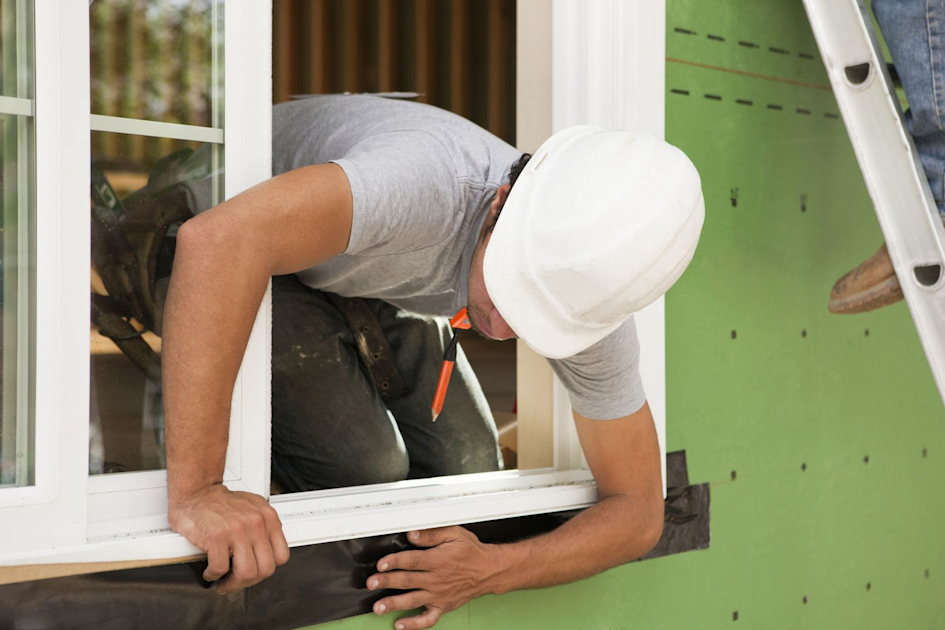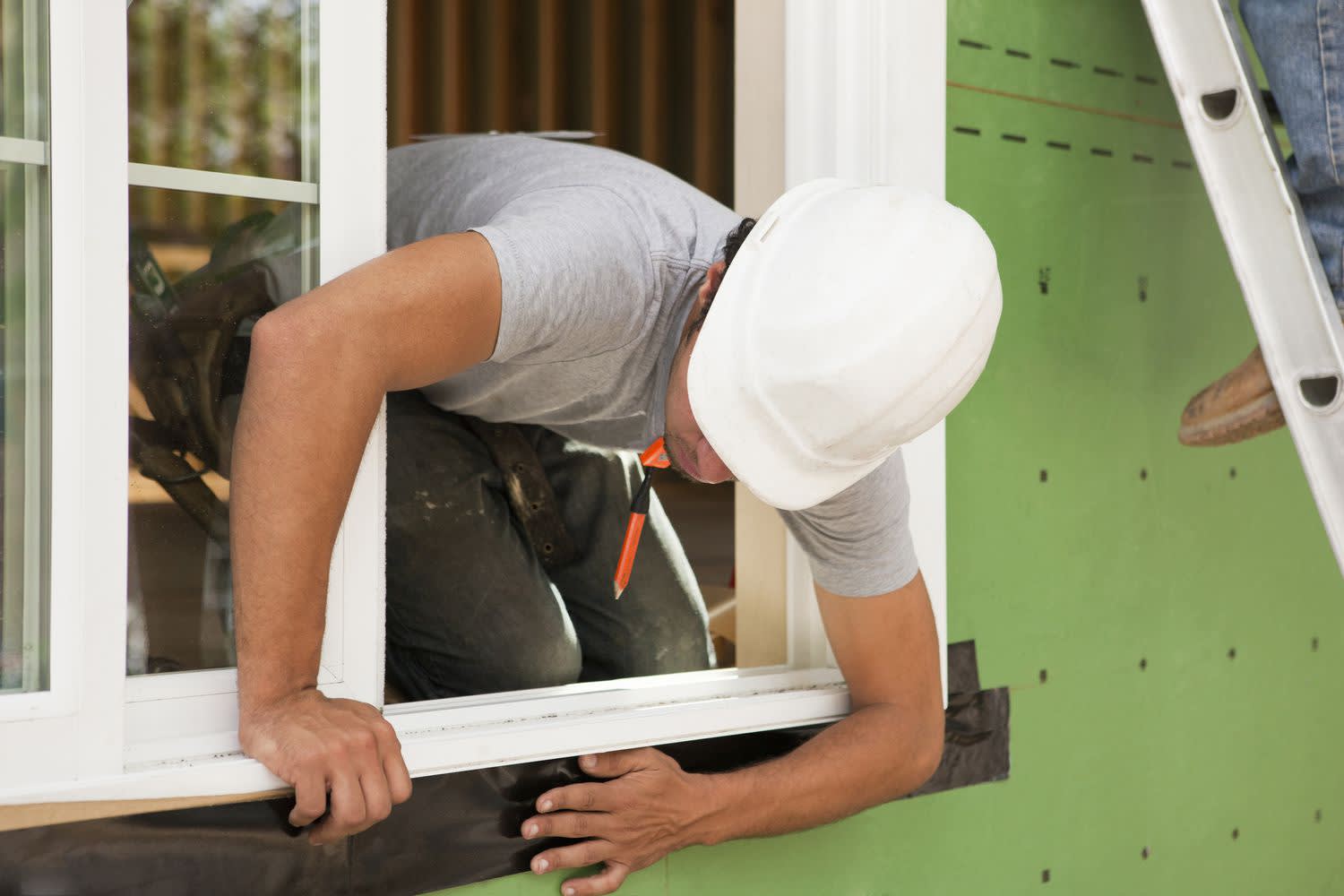Window flashing is an essential component of your home's construction — an unsung hero that often goes unnoticed. However, its role in protecting your windows and, more importantly, the interior of your home from inclement weather and the subsequent water damage, is indispensable.
Understanding Window Flashing
The base function of window flashing is simple: it prevents water from entering your home. But there's more to it than meets the eye. This usually thin piece of material, often made of impervious material like aluminum or rubber, is installed around the edges of your windows to create a water-resistant barrier. Water that runs down the exterior of your house is then directed to the outside instead of finding its way in and causing damage.
A Closer Look at How Window Flashing Works
Water, as an element, is notoriously persistent. It can find its way into the smallest of crevices and wreak havoc if not redirected correctly. This is where the window flashing shines — it doesn't just block, but also redirects water away from your windows and exterior walls, preventing damage caused by leaks, rot, and mold. It might seem like an unnecessary addition, but window flashing is the shield your home needs to ward off chronic water-related issues.
Types of Window Flashing
Not all window flashings are created equal, as you'll find they can differ in material, design, and application method. Here are four common types:
- Sheet Flashing : This is commonly used because of its versatility and efficacy. As the name implies, this type comes in flat sheets typically made of aluminum or copper.
- Peel-and-stick Flashing : An easy-to-install option, this adhesive-backed flashing is ideal for DIY projects or quick fixes.
- Thermo Plastic Olefin (TPO) and Polyvinyl Chloride (PVC) Flashing : These flashings are often used for roofs, but they can also be used for windows. They are highly durable but can be challenging to install.
- Rigid Head Flashing : Typically used at the top of windows, this type provides an additional line of defense against water intrusion.
Ideal Materials for Window Flashing
When it comes to flashing materials, durability is non-negotiable. However, it's also crucial to consider adaptability to temperature shifts, waterproofing ability, and ease of installation. High-quality metal like copper and aluminum, thermoplastic materials like TPO or PVC, and rubber are among the preferred materials because they check these boxes.
The Need for Window Flashing
Whether you're building a new home or considering home improvement projects, window flashing should top your priorities. Although it might not be as exciting as choosing interior decor, it plays a vital role in maintaining the structural integrity of your property. It prevents water intrusion, secures your home's insulation, and even boosts energy efficiency by reducing drafts.
Getting Professional Help for Window Flashing
While the DIY route might seem appealing, installing window flashing is a task best left to professionals. Not only do they possess the necessary tools and expertise, but they also understand how to appropriately apply different flashing types and materials based on your window construction and climate.
Remember, investing in professional window flashing installation is a long-term protection strategy for your home. It fortifies your home's defenses against water damage, safeguards the structural integrity of your property, and substantially increases its longevity. Avoid the pitfall of ignoring this small yet significant part of your home’s construction. After all, prevention is always better — and cheaper — than cure.
FAQs on Window Flashing
What is the purpose of window flashing?
Window flashing serves a vital role in keeping your home safe from damaging moisture. Its primary objective is to provide a covering over the joints and seams around your windows to prevent water infiltration. By redirecting potential water away from these vulnerable zones, it protects your home from structural damage like rot and mold.
How often should I replace my window flashing?
The frequency of replacement depends on the material of the flashing and the weather conditions in your area. Generally, quality flashing could last for around 20 to 30 years. However, professionals recommend regular inspection for any signs of deteriorating or damaged flashing, which can occur from intense weather conditions.
What are the signs of faulty window flashing?
Signs of faulty window flashing can include water penetration, visible damage to the flashing material, interior leaks near the window, damp smells, or mold growth. If you see any of these signs, it's important to act promptly to fix the issue and avoid further damage to your home.
Can window flashing be repaired?
Yes, window flashing can be repaired or replaced if you notice any damage areas. It's recommended to hire a professional to ensure the procedure is carried out effectively for optimal protection against water damage in the future.
Is it necessary to install flashing on all windows?
While not all windows require flashing, it's highly recommended for windows that are prone to water exposure. This includes windows near roofs or gutters, windows with ledges above them, or windows in particularly rainy climates. Installing flashing in these areas helps to prevent long-term water damage.
Can I install window flashing myself?
While it's possible to install window flashing yourself, it's a delicate process that requires precision and knowledge of weather-resistance techniques. It's often best to leave this task to professionals, who can ensure the job is done efficiently and effectively.
How does weather affect window flashing?
Weather has a significant impact on the lifespan of your window flashing. Intense heat can cause it to crack or warp, whereas freezing temperatures can cause it to become rigid and snap. Heavy precipitation, like rain or snow, can also test its water-resistance capabilities. Regular inspection can help detect early signs of weather-related damage.
Does the type of window affect the kind of flashing needed?
The type of window does modify the kind of flashing required. Different structures and designs, such as bay windows, clerestory windows, or casement windows, may require specific types of flashing for optimal performance and protection. A window installation expert can guide you on the best flashing choice for your window type.
What happens if I don't install window flashing?
Not installing window flashing can lead to various problems over time. These can involve water seeping into your home and causing structural damage, mold growth, distorted window frames, and in worst cases, resulting in replacements of whole windows. Thus, it's best not to skip this critical step in window installation.
Pros and Cons of Window Flashing
Pros:
Prevents Moisture Penetration
Window flashing is a critical component in maintaining the watertight integrity of your home. When properly installed, it forms a barrier that prevents water from seeping into your property, hence:
- It saves your home from potential water or moisture damage.
- It keeps your interior dry and comfortable, particularly during heavy rain or snow.
- It prevents the growth of mold and mildew which thrive in damp places.
Enhances Structural Integrity
By keeping moisture out, window flashing indirectly contributes to the improvement of your home’s structural integrity.
- It prevents the weakening of your house's foundation, which could happen due to continual exposure to moisture.
- It aids in preventing wood rot in the surrounding framing and sills of your windows.
Energy Efficiency
The window flashing plays an integral role in insulating your home, thereby enhancing energy efficiency.
- It seals off gaps around the window which are potential avenues for heat to escape during winter, or cool air during summer.
- It helps in reducing your energy costs by preventing thermal leakages.
Cons:
Professional Installation Needed
While installing window flashing might seem straightforward, it can be quite tricky. Failure to install properly might lead to more disadvantages.
- It often entails hiring professionals which may increase the cost of home construction or renovation.
- DIY installations have a greater risk of incorrect implementation, potentially leading to leaks.
Additional Costs Involved
The initial financial cost of including window flashing could be seen as a disadvantage, however, it is crucial to remember that this is a long-term investment for preserving your home’s integrity.
- Top-quality window flashing materials are relatively expensive due to their durability.
- Undergoing necessary regular maintenance can also add to long-term expenses.
Replacing Window Flashing
If your window flashing is improperly installed or becomes damaged, replacing it can be a hassle and costly.
- Replacement involves removing a portion of the wall, which requires professional skills.
- The cost of repairing any resulting damage can be substantial.
Possible Aesthetic Issues
While this concern doesn't apply to all types of window flashing, some homeowners might find certain types of flashing aesthetically unpleasing.
- Some types of flashing, like metal flashing, can clash with the aesthetic of certain styles of home.
- They might be seen as an unattractive sight, especially if they start to oxidize or corrode.
Summary
Window flashing is a crucial part of house construction and maintenance because it acts as a barrier to prevent leakage from occurring around windows. It's not only about avoiding water damage. It ensures that the structure of the house remains intact for many years. Window flashing is not just a trend but a necessity in modern construction.
When window flashing is done right, it significantly reduces the risk of moisture entering your home. It's not just about sealing in the good stuff, but also about keeping out the bad. It gives your window a more polished and finished look apart from serving the functional use of shielding against water and wind. So, whether you're building a new home or renovating, don't overlook the importance of window flashing.
It's clear that window flashing offers both aesthetic and functional benefits. It does a lot more than just providing a seal around your windows. It acts as a line of defense against unwanted leaks and drafts, and therefore, plays a vital role in maintaining the integrity and lifespan of your home. Remember, good window flashing is an investment against future damage.
About HouseIdea
Welcome to HouseIdea! Headquartered in sunny Sacramento, CA, we're all about infusing homes with individuality and style. Born from a love of architecture and a passion for creative design, we experiment with fresh and innovative ideas to transform spaces into stunning realities. As a team of experienced architects, designers, and visionaries, we proudly create designs that reflect the needs and dreams of homeowners. With HouseIdea, every home tells a unique story - yours.
Tags: window flashing, home improvement, energy efficiency,



















